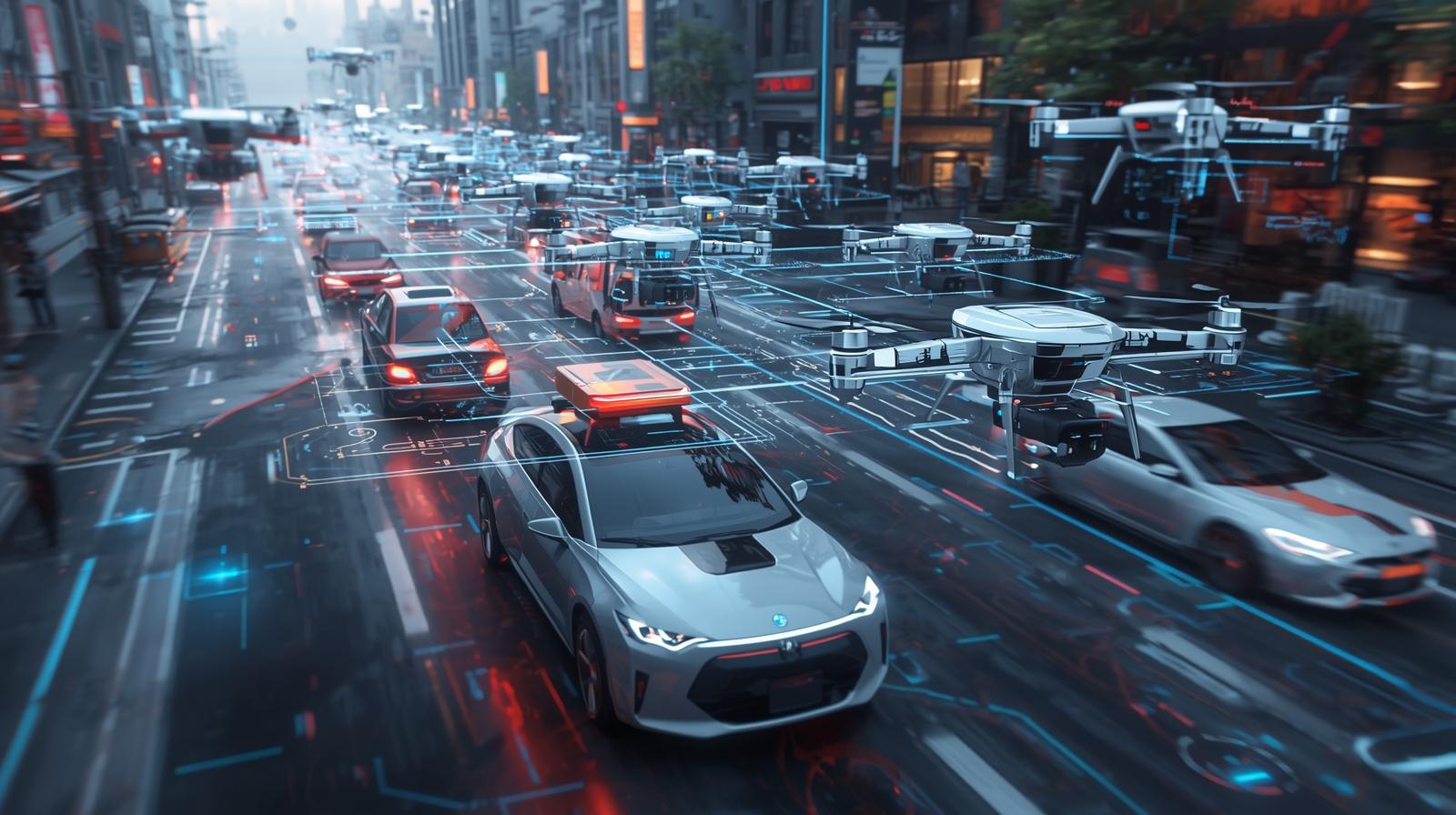Spatial Intelligence: Teaching Machines to Navigate the Real World
In today’s rapidly evolving technological landscape, Spatial Intelligence is becoming a cornerstone of artificial intelligence (AI). Unlike conventional AI systems that analyze data or recognize patterns, spatially intelligent machines understand and interpret the physical world, allowing them to move, interact, and make decisions in real environments. From autonomous vehicles and drones to robotics and augmented reality, spatial intelligence is revolutionizing how machines perceive and act.
In this article, we dive deep into what spatial intelligence is, how machines learn to navigate, real-world applications, challenges, and the future of spatially aware AI systems.
1. What Is Spatial Intelligence in AI?
Spatial intelligence refers to the ability to process and understand the physical environment, including objects, distances, orientation, and movement. In humans, it allows us to navigate cities, assemble furniture, or play sports. For AI, spatial intelligence involves:
- Perception: Sensing the environment using cameras, LIDAR, radar, and other sensors.
- Mapping: Creating 3D maps of surroundings for navigation and planning.
- Reasoning: Predicting how objects and obstacles behave in space over time.
- Decision-making: Planning safe and efficient paths in dynamic environments.
By teaching machines spatial intelligence, we enable autonomous systems to interact intelligently and safely with the real world.
2. Technologies Behind Spatial Intelligence
Several technologies contribute to spatial intelligence in AI:
- Computer vision: AI analyzes visual data to recognize objects, terrain, and movement.
- Simultaneous Localization and Mapping (SLAM): Algorithms build real-time maps while tracking the system’s location.
- Sensor fusion: Combining data from cameras, LIDAR, GPS, and IMUs to create accurate environmental models.
- Reinforcement learning: Machines learn to navigate by trial and error in simulated or real-world environments.
These technologies work together to allow robots, drones, and autonomous vehicles to perceive, reason, and act effectively.
3. Applications of Spatially Intelligent AI
Spatial intelligence is driving innovation across multiple sectors:
- Autonomous Vehicles: Self-driving cars rely on spatial AI to detect pedestrians, traffic, and obstacles while planning safe routes.
- Drones and Delivery Robots: AI-powered drones navigate urban environments, delivering packages with precision.
- Robotics: Industrial robots use spatial intelligence to manipulate objects, assemble products, and optimize workflows.
- Augmented and Virtual Reality (AR/VR): Spatial AI allows devices to overlay digital content accurately in real-world environments.
- Smart Cities: AI monitors traffic, pedestrian flow, and urban infrastructure to improve safety and efficiency.
These applications demonstrate that spatial intelligence is not just about movement—it’s about understanding the world contextually and making intelligent decisions.
4. Challenges in Teaching Machines Spatial Intelligence
Despite rapid advancements, building spatially intelligent systems faces challenges:
- Complex and dynamic environments: Real-world settings are unpredictable and constantly changing.
- Data quality and sensor limitations: Poor lighting, weather, or obstructed views can reduce accuracy.
- Safety and reliability: Mistakes in navigation can have serious consequences, especially for autonomous vehicles.
- Scalability: Training AI to generalize across diverse environments remains a significant hurdle.
Researchers are actively developing solutions through simulation environments, reinforcement learning, and multi-modal sensor integration.
5. Future of Spatially Aware Machines
The next decade will see spatial intelligence fully integrated into everyday AI systems, enabling:
- Autonomous fleets: Cars, trucks, and drones that navigate cities independently and safely.
- Personal assistant robots: Machines capable of performing household tasks with spatial awareness.
- Immersive AR/VR experiences: Seamless integration of digital and physical worlds.
- Disaster response robots: AI navigating dangerous environments for search and rescue missions.
The evolution of spatial intelligence will redefine transportation, robotics, urban planning, and even entertainment, creating a world where machines can seamlessly coexist with humans.
Conclusion
Spatial intelligence marks a critical frontier in AI, empowering machines to perceive, understand, and navigate the real world. By combining advanced sensors, computer vision, reinforcement learning, and mapping technologies, AI systems are becoming more capable, reliable, and autonomous than ever before.
As spatially intelligent machines become more prevalent, how comfortable would you feel interacting with robots, drones, or autonomous vehicles in your daily life? Could you trust them to navigate safely and make smart decisions around you?





